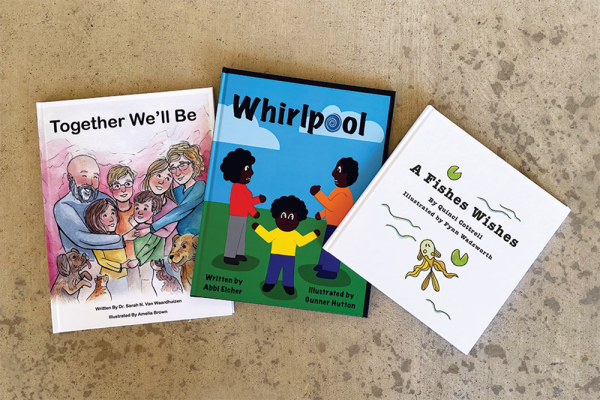In today’s fast-paced and interconnected world, interdisciplinary collaboration is becoming increasingly important in academia. By bringing together different disciplines and perspectives, educators can create innovative and diverse course materials that engage students and enhance their learning experience. One exciting example of interdisciplinary collaboration in academia is the combination of art and academia.
In recent years, there has been a growing interest in incorporating art into academic disciplines such as literature, history, and science. This interdisciplinary approach not only helps students develop their creative and critical thinking skills, but also allows them to explore complex ideas and concepts in new and exciting ways.
One of the key benefits of incorporating art into academic courses is that it can enhance students’ understanding of complex concepts and ideas. Many students find it easier to grasp abstract concepts when they are presented in a visual or creative way. By incorporating art into their courses, educators can help students bridge the gap between theory and practice, making difficult concepts more accessible and engaging.
In addition, interdisciplinary art collaboration can also help students develop important skills such as collaboration, communication, and problem-solving. By working together on creative projects, students learn how to brainstorm ideas, communicate effectively, and work through challenges as a team. These skills are invaluable in today’s workplace, where collaboration and creativity are highly valued.
Furthermore, incorporating art into academic courses can also help students develop a deeper appreciation for the subject matter. By engaging with art, students are able to explore different perspectives and interpretations of the material, allowing them to develop a more nuanced understanding of the topic at hand. This can help students develop critical thinking skills and become more well-rounded individuals.
Overall, interdisciplinary art collaboration is a valuable tool for educators looking to enhance their course materials and engage students in new and exciting ways. By incorporating art into academic disciplines, educators can create innovative and diverse course materials that encourage students to think creatively and critically about the world around them. This approach not only enhances students’ learning experience, but also prepares them for success in the modern, interconnected world.



